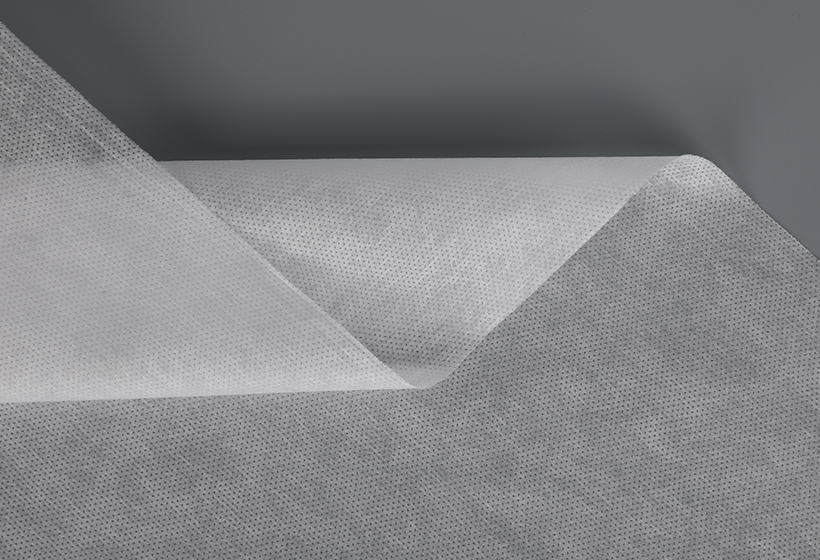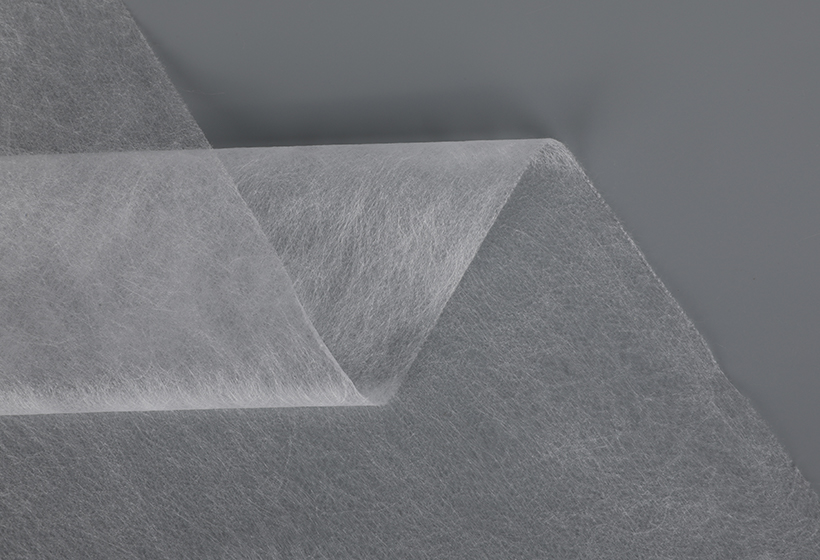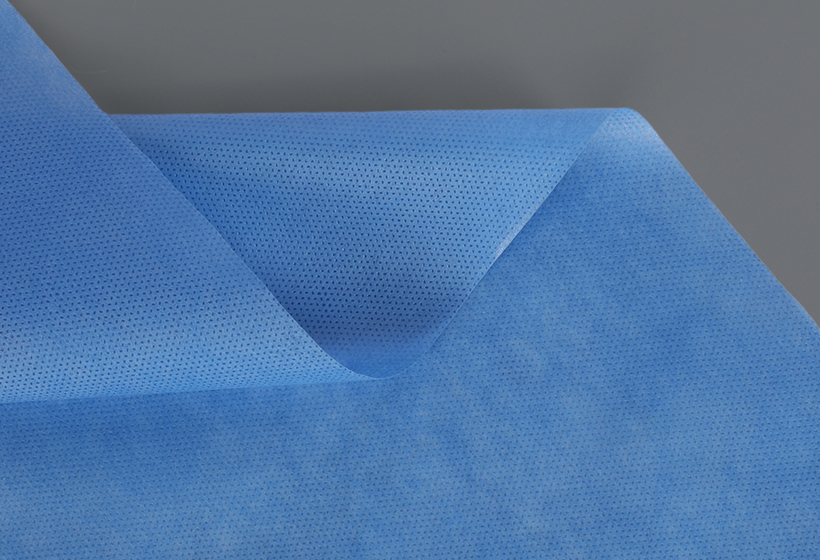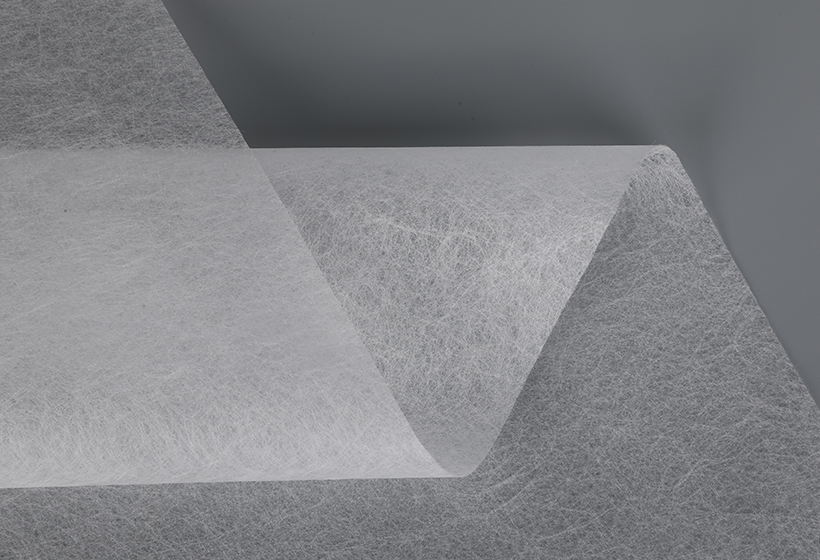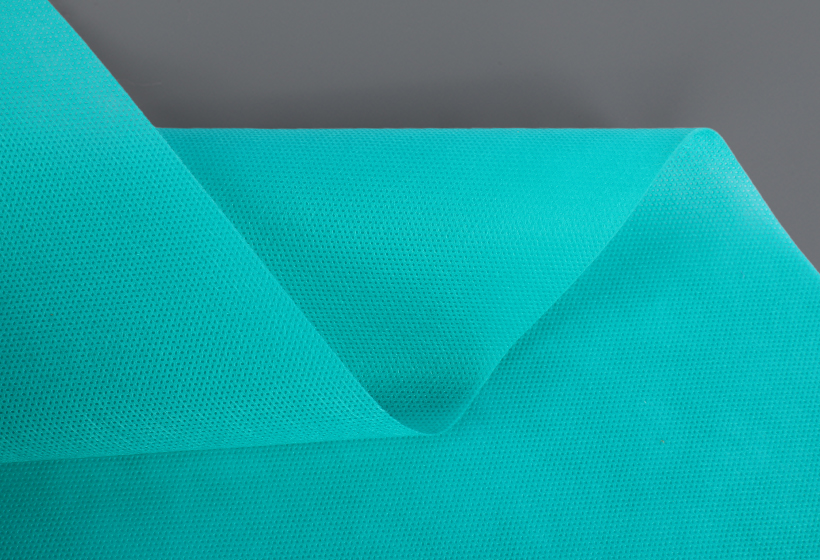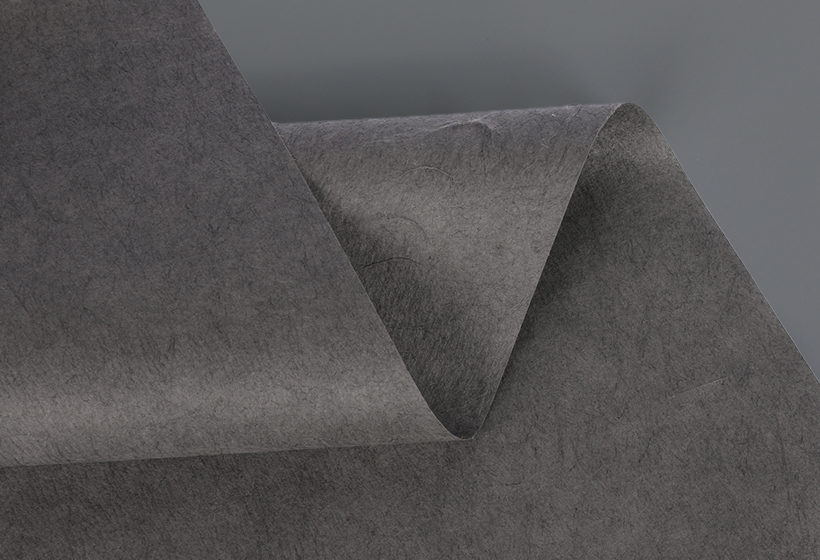PP Non-woven Fabric has a variety of properties, which can be useful for various applications. Read on to know more about its properties, applications, modification, and regulations. It is also a highly versatile material, which can be woven to create a variety of textiles. In this article, we will discuss the properties of this material, along with some of its most common applications. Its unique properties and applications will make it a valuable material for your next project.
Properties
The properties of PP non-woven fabric include excellent tear and rigidity, and high molecular weight. These properties make this non-woven fabric ideal for a variety of applications, from clothing to medical ventures. Furthermore, the material is biodegradable. PP non-woven fabric is a perfect choice for medical ventures because it is non-toxic and odorless. Its other notable properties include good formability, low shrinkage, and a low molecular weight.
Applications
PP Non-woven Fabric is one of the most commonly used fabrics today. They are made from granules of Polypropylene (PP) and different recycled materials depending on the intended use. The fibers are bonded together by thermal, chemical or mechanical solvents. These fabrics are thin and light, yet durable and have excellent tear and rigid qualities. Some applications of PP non-woven fabric include:
Modifications
PP Non-woven Fabric can be modified to provide excellent antibacterial and antifungal properties. Its comprehensive antibacterial rate exceeds 98%. In addition to its superior bacterial and antifungal properties, this modified PP fabric has outstanding mechanical and wear resistance. Its breaking strength, elongation at break and wear resistance are significantly higher than conventional PP spunbond non-woven fabrics. This makes PP spunbond non-woven fabrics an excellent choice for applications such as feminine hygiene and baby dry-shoe napkins.
Regulations
Polypropylene, or PP, is an abundantly renewable resource. The production process involves winding the polypropylene molecules together to form a solid fabric. The fabric is typically white with a smooth, woven texture. Some types of woven PP are made from colored threads. Although woven PP is often made from white material, it can be made from any solid color. It is also easy to sew.
Market share
The Global PP Nonwoven Fabric market report is a comprehensive study of the industry's sales, revenue, and consumption data. It also identifies trends and opportunities in each application, as well as the regional and country-level growth. For an in-depth understanding of the competitive landscape, the report focuses on the latest technological developments and trends, as well as company profiles of leading companies. The study will help you expand your business with the help of key insights into the global PP non-woven fabric market.


 English
English Español
Español
